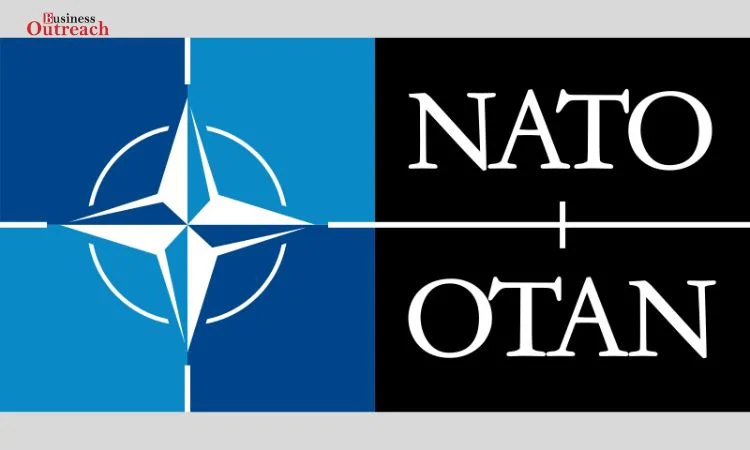In a hurry to remain ahead of technology, NATO has established a $1.1 billion innovation fund to fund artificial intelligence, robotics, and space technology development. It is one part of a broader Defence Innovation Accelerator for the North Atlantic, or DIANA, and embodies an alliance dedicated to sustaining EDT superiority that is critical to defense and security.

Image Source: Wikipedia
The DIANA initiative, launched in 2022, is meant to accelerate the development and fielding of advanced technologies across the transatlantic region. DIANA achieves this by hosting competition-style programs to solve real-world security challenges, such as operating in a GPS-denied environment. Initial Challenges will begin this fall, with up to 30 participants per challenge, growing annually until it reaches full operational capability in 2025.
A NATO Innovation Fund nucleus will commit to investing €1 billion over 15 years in deep-tech startups, specifically AI, big-data processing, quantum technologies, hypersonics, and space systems. Only then will civilian innovation have the possibility of spilling over into military applications, ensuring NATO’s cutting-edge technology.
The DIANA initiative will be based in two central headquarters, one in London and one in North America, with over 60 different partner sites across 20 NATO nations. This will include accelerator locations where funding, mentorship, and business opportunities would be provided, as well as test centers fitted out with state-of-the-art labs and technology infrastructure.
Key accelerator sites are located in Europe, including the Niels Bohr Institute at the University of Copenhagen, focused on quantum technologies, and a new site in Turin, Italy, focused on space. In the United States, accelerator sites will be based in Boston and Seattle. The network will grow further in the future with expansions and test centers planned.
DIANA’s strategic direction will be reviewed and updated every two years, focusing on the most critical defense and security challenges. In this context, NATO’s technological priorities will continue to keep pace with the change in threats and opportunities at the global level. The initial focus areas for 2023 are the resilience of energy, secure information sharing, and advanced sensing and surveillance.
Furthermore, NATO has identified and published strategies for a number of EDTs, many more in process. These strategic documents will provide a common direction for the allies’ investments and collaborations, stimulating an ecosystem to drive innovation and technological progress.
NATO’s investment in AI, robotics, and space reflects a wider acknowledgment of the central role that these fields are likely to play in future defense capabilities. By financing and supporting startups and innovators, NATO strengthens not only her technological base but also is better placed to meet any emerging challenges or threats well in advance.
The creation of DIANA and the NATO Innovation Fund is an important step in the re-imagining of how the Alliance will engage with the civilian tech sector in the future. It is developing the resources and infrastructure that will bring out a strong pipeline of innovative solutions relevant to both military and civilian uses.
It will thus be one of the main drivers of significant improvements in the technologies underpinning NATO’s strategic and operational superiority within a more complex global security environment.
In summary, the $1.1 billion investment by NATO in hubs of excellence via the DIANA initiative and the Innovation Fund is quite a forward-looking strategy for ensuring defense and security advantage throughout the 21st century. With sharp attention toward AI, robotics, and space technologies, it is equally oriented to treat and influence the fast-moving technology landscape.















